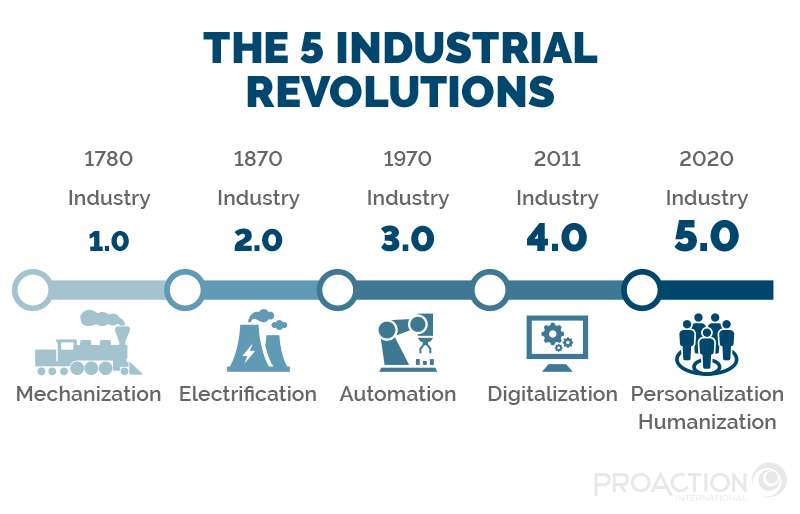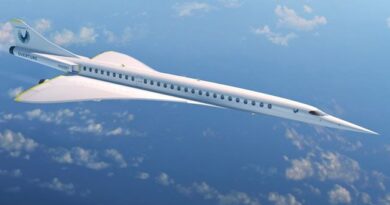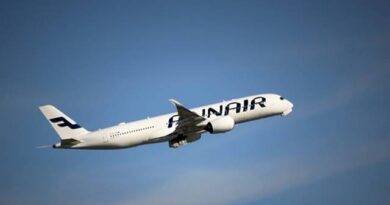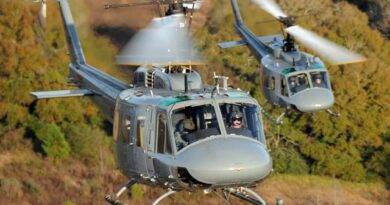Causes and Consequences of Flight Delays: How AI Can Reduce Them in Industry 5.0
Flight delays are a widespread problem in air travel. They not only inconvenience passengers but also lead to significant financial and operational disruptions for airlines. As the aviation industry evolves, understanding the causes and consequences of these delays is essential. The rise of Industry 5.0, with its emphasis on collaboration between humans and advanced technology, offers a promising opportunity to tackle this issue. Specifically, artificial intelligence (AI) can play a vital role in reducing delays and enhancing overall efficiency.
Common Causes of Flight Delays
Flight delays occur for a variety of reasons. Here are some of the most common causes:
- Weather Conditions
Severe weather, such as storms, heavy rain, snow, and fog, is one of the leading causes of delays. Extreme weather conditions affect visibility, aircraft handling, and runway safety, making it difficult for planes to take off or land on time. - Air Traffic Congestion
Increasing demand for air travel has led to congested airspace and busy airports. This congestion often results in longer wait times for takeoff and landing, as air traffic controllers work to ensure safety in crowded skies. - Technical Problems
Aircraft must be maintained to strict safety standards, and unexpected technical issues can arise at any time. From mechanical malfunctions to electronic system failures, these problems can cause significant delays until they are resolved. - Crew Availability
Airline crews are required to adhere to legal working hours to ensure passenger safety. When delays occur due to crew availability, it is often because crews are delayed from previous flights or do not meet the mandatory rest period requirements. - Airport Operations
Delays in airport operations, such as slow baggage handling, fueling delays, or gate changes, can further complicate flight schedules. These operational inefficiencies can accumulate, resulting in extended waiting times for passengers.
Consequences of Flight Delays
Flight delays have far-reaching effects that go beyond passenger inconvenience:
- Passenger Dissatisfaction
Delayed flights often lead to missed connections, canceled plans, and added stress. Frequent delays can harm an airline’s reputation, reducing customer satisfaction and loyalty. - Financial Losses
Flight delays are costly for airlines. Compensation for passengers, crew overtime, fuel costs, and airport fees add up quickly. Additionally, airlines face the risk of losing business to competitors with better on-time performance. - Operational Disruptions
Delays have a cascading effect, often affecting subsequent flights. A single delayed flight can throw off an entire schedule, creating bottlenecks in operations, crew availability, and resource allocation. - Environmental Impact
Extended taxi times, holding patterns, and fuel burn during delays result in increased carbon emissions. This not only raises operational costs but also contributes to the aviation industry’s environmental footprint.
What is Industry 5.0?
Industry 5.0 is a concept that builds on the advancements of Industry 4.0, emphasizing the integration of human intelligence and creativity with the capabilities of machines and advanced technologies like artificial intelligence (AI), robotics, and the Internet of Things (IoT). While Industry 4.0 focused on automation and smart technologies to improve efficiency, Industry 5.0 brings humans back into the loop, promoting a human-centric approach to manufacturing and services. It aims to create more personalized products, foster sustainability, and enhance innovation by allowing humans and machines to work together harmoniously, leveraging the strengths of both.

image source: link
Reducing Flight Delays with AI in Industry 5.0
Industry 5.0 introduces a human-centric approach to industrial processes, blending human expertise with advanced technology. AI, in particular, is poised to revolutionize aviation by reducing delays, improving efficiency, and enhancing safety. Here’s how AI can help:
1. Predictive Maintenance
AI-driven predictive maintenance uses data from sensors placed throughout the aircraft to monitor the condition of engines, systems, and components in real time. Machine learning algorithms can detect patterns that indicate potential failures, allowing airlines to perform maintenance proactively. This reduces the chances of unexpected technical issues that could delay flights. For instance, Delta Airlines has adopted AI for predictive maintenance, reducing maintenance-related delays significantly by preemptively identifying and fixing issues before they impact flight schedules.
2. Weather Forecasting and Route Optimization
AI-powered weather forecasting tools can provide more accurate and granular predictions, allowing airlines to adjust routes and schedules in advance. AI can also recommend optimal flight paths that avoid areas of turbulence or bad weather, reducing delays caused by weather conditions. Companies like IBM are developing AI-driven weather prediction systems, such as “The Weather Company,” which helps airlines make data-driven decisions about flight routes, minimizing disruptions.
3. AI-Based Air Traffic Management (ATM)
AI has the potential to transform air traffic management by reducing congestion and improving the efficiency of airspace usage. Through real-time data analysis, AI can manage air traffic flows, predict bottlenecks, and recommend adjustments to flight paths. AI-based systems such as NASA’s Traffic Management System (TMS) are currently being tested to optimize airspace and improve the sequencing of flights for smoother operations. By providing better coordination between airports and control towers, AI can help avoid delays at high-traffic hubs.
4. Crew Scheduling Optimization
Crew scheduling is a complex task that must account for legal restrictions, staff availability, and operational demands. AI-driven crew management systems can predict potential scheduling conflicts, recommend adjustments, and even automate crew assignments in real time. For example, systems such as Jeppesen Crew Management from Boeing utilize AI to enhance crew scheduling, reducing the likelihood of delays caused by crew shortages or unavailability.
5. Smart Airports and Automation
AI can enhance airport operations by automating processes such as check-in, security checks, and baggage handling. Facial recognition technology, AI-powered self-service kiosks, and automated baggage systems can streamline passenger flow, reducing ground delays. In addition, AI can optimize gate allocation, minimizing delays caused by gate changes or aircraft repositioning. Airports like Singapore’s Changi and Dubai International are already implementing AI technologies to improve operational efficiency, helping to ensure flights depart on time.
Conclusion
Flight delays are a persistent challenge for the aviation industry, driven by a mix of weather, air traffic congestion, technical issues, and operational inefficiencies. The consequences are wide-reaching, affecting passengers, airlines, and the environment. However, with the rise of Industry 5.0 and the integration of AI, there are new opportunities to address these issues.
AI offers a range of solutions to reduce delays, from predictive maintenance and weather forecasting to air traffic management and smart airport operations. By leveraging AI’s capabilities, the aviation industry can improve reliability, enhance passenger satisfaction, and minimize its environmental footprint. As AI continues to evolve, its role in aviation will become even more critical, leading to fewer delays and a more seamless travel experience for everyone involved.



Dear Author/s thank you for your article and interest in INDUSTRY 5.0. My name is Michael Rada, I am the Founder of INDUSTRY 5.0 implementing its principles since 2013, leading a global network in 119 countries and a maritime ecosystem. I would like to share with you one of the INDUSTRY 5.0 KEYNOTES delivered recently to industrial leaders, to narrow the understanding of INDUSTRY 5.0 PRINCIPLES, ORIGIN, and FUTURE DEVELOPMENT. If any questions, feel free to ask https://www.youtube.com/watch?v=fKyCARMO0qc&t=1s